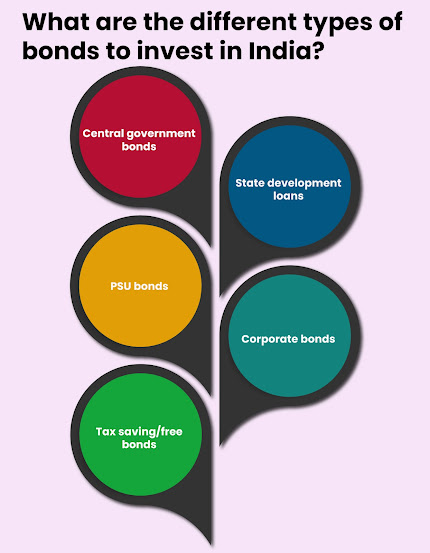Unlocking the World of SDL: Understanding State Development Loans and Their Interest Rates
State Development Loans (SDLs) often stand as a somewhat obscure yet essential component in the labyrinth of financial instruments and investment options. If you've ever come across terms like "SDL interest rate," "SDL bonds interest rate," or "SDL yield," you might have wondered what these mean and how they fit into the broader financial landscape. In this article, we will demystify SDLs, exploring their significance, their significance, and the factors influencing their interest rates.
What is SDL?
SDL stands for State Development Loan. These are bonds issued by Indian state governments to raise funds for various development projects and initiatives. SDLs are a crucial part of the country's borrowing program and are pivotal in individual states' economic development.
What is State Development Loans?
State Development Loans are essentially debt instruments issued by state governments in India. These bonds are a means for state governments to finance their development and infrastructure projects. SDLs serve a purpose similar to that of central government securities but are issued by individual states.
SDL Full Form
The full form of SDL in banking and finance is "State Development Loan." These securities are distinct from central government securities and are issued at the state level.
SDL Interest Rate
The SDL interest rate, also known as the yield on SDLs, is the return that investors can expect to earn from holding these bonds until maturity. A competitive bidding process determines The SDL interest rate when the state government auctions these securities. Investors bid at various yields, and the government accepts bids based on prevailing market conditions and funding requirements. The accepted bids determine the SDL interest rate for a particular issue.
Several factors influence the SDL interest rate:
Market Conditions: The overall interest rate environment, influenced by inflation, monetary policy, and economic growth, plays a significant role in determining SDL yields.
Creditworthiness of the State: Investors assess the creditworthiness of individual states before investing in SDLs. States with more substantial financial positions and lower debt levels often offer lower yields.
Tenure of the Bond: The maturity period of SDLs can vary, and longer-tenured bonds typically offer higher yields to compensate investors for tying up their funds for an extended period.
Demand and Supply: The need for SDLs at auction can affect the yields. High demand may result in lower yields, while low demand can lead to higher profits.
Market Sentiment: Investor sentiment and economic and political stability perception can also influence the SDL interest rate.
Why Are SDLs Important?
SDLs serve several crucial purposes:
Funding Development Projects: State governments use the proceeds from SDL issuances to finance infrastructure development, education, healthcare, and other state-specific projects.
Diversification of Investment Portfolios: SDLs provide a fixed-income investment option with potentially higher yields than central government securities, making them attractive to investors looking to diversify their portfolios.
Supporting State Governments: SDLs allow state governments to meet their financial needs without solely relying on central government transfers or grants.
In conclusion, State Development Loans (SDLs) are vital to India's financial landscape, enabling state governments to fund their development initiatives. The SDL interest rate, determined through competitive auctions, reflects the prevailing market conditions and investor sentiment. These securities offer an avenue for investors to diversify their portfolios while contributing to the growth and development of individual states. Understanding SDLs and their interest rates is essential for both investors and policymakers seeking to navigate the intricacies of India's financial markets.




Comments
Post a Comment